What’s Going To Happen to the Presidential Pet Museum?
Some of our country’s most adorable historical artifacts are languishing in storage.
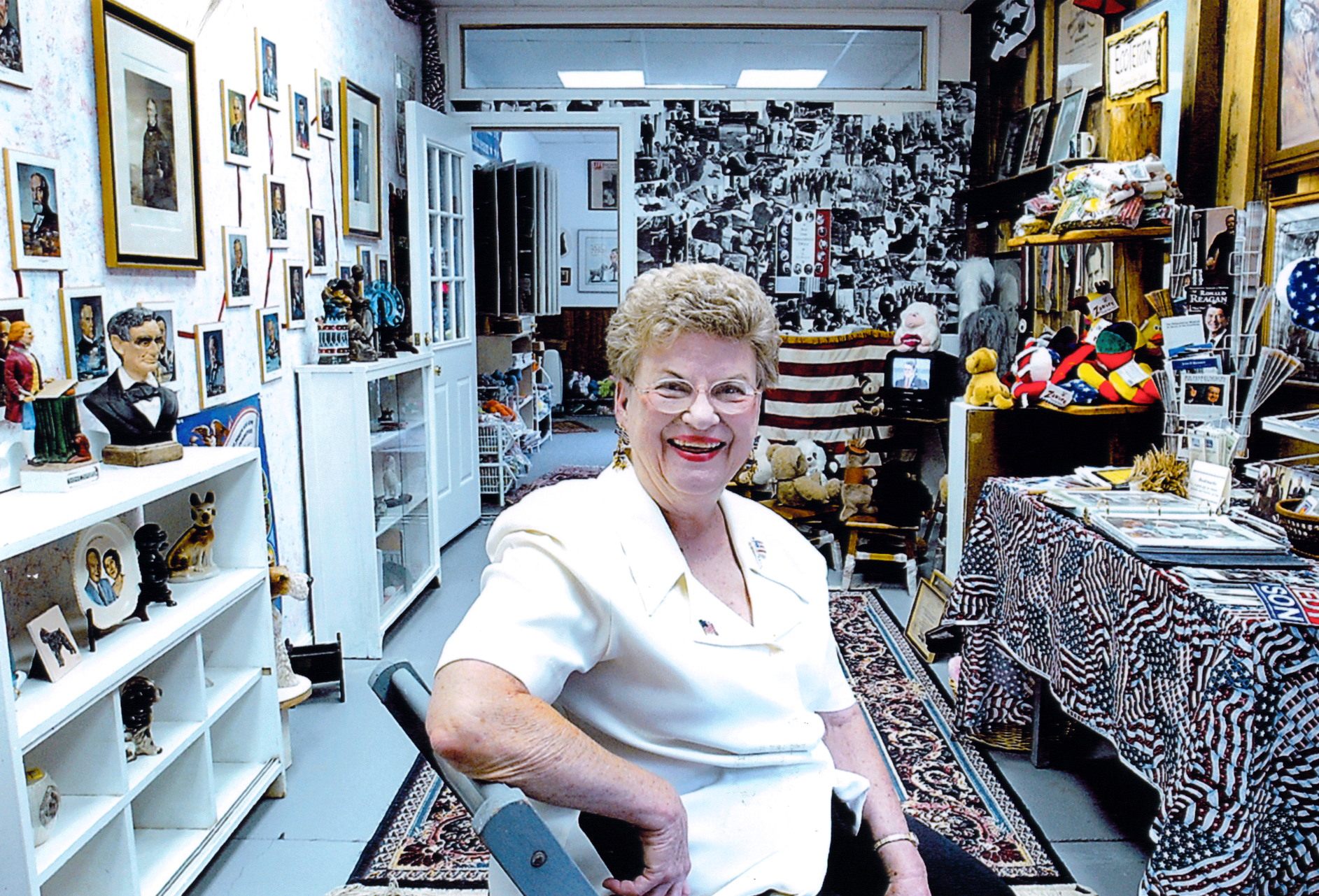
Have you ever wondered which president had the most dogs? What George Washington named his hound? Which president brought a parrot to the White House?
For years, you had somewhere to go to learn all this—the Presidential Pet Museum, an offbeat collection of paintings, photographs and fuzzy memorabilia. For 17 years, its proprietor, Claire McLean, schlepped the museum from storefront to storefront, bringing her trove of political animal history all around Maryland, Virginia, and D.C. But now she’s retired, and much of the museum is boxed up in storage—waiting, like a patient pup, for someone to give it another chance.
McLean began her collection late in life, after a serendipitous encounter with the Reagans’ dog, Lucky. McLean breeds Bouvier des Flandres, a species of Flemish herding dog with a rough outer coat that needs regular grooming. When Lucky needed a trim before his official portrait, the White House horticulturist called her in to do it. “I found out the next day I’d cut too much hair off,” she says. “Mrs. Reagan was rather unhappy.”


But they still asked her back, and for eight months, McLean was Lucky’s official groomer. She kept all of his spare trimmings, and one day, her mother decided to paint a portrait of the First Dog, generously textured with tufts of his own fur. The cornerstone of the collection thus set, McLean began casting far and wide for more pet tchotchkes.
“I just started collecting. Anything and everything I could find,” she says. “There were all kinds of animals that came through the White House, and each one brought a story with it.”
After a decade and a half of dedication, she’s built up quite the arsenal. There’s a larger-than-life bronze statue of Barney, George W. Bush’s terrier. There’s a gold-framed photo of sheep grazing on the White House lawn, from the Wilson administration; and goofy snapshots of the Coolidges playing with their pet raccoon and possum. There’s a T-shirt emblazoned with Socks, the Clintons’ cat, staring out under a cheeky slogan: “I Tried Catnip Once But I Didn’t Inhale.”

There are also over 50 oil paintings, all McLean originals, showing presidential pets and owners in various tableaux: FDR and his Scotty, Fala, gazing out over the Washington Monument, and the Obamas playing with a whole menagerie of creatures. She made them to fill in the gaps in political pet legacies.
“When a president’s pet goes to the great beyond or the rainbow bridge or just plain dies, they don’t leave very much,” she says. “Not lands, not stocks or bonds or jewelry or clothing or anything. You’re lucky if you get a leash, a collar and a bowl.”
McLean thinks for a moment: “Or just a rope, a tether and a cowbell,” she revises. “Which we have. From William Howard Taft’s cow, Pauline.”
Eclectic as it is, the collection is something of a hard sell. People have always been happy to come visit, but thus far, no one has been prepared to fork over the $30,000 or so McLean is asking for it, which would give the buyer control of the museum’s popular website along with all of the physical inventory. An online auction in July got plenty of press coverage, but no takers. “It seems like everyone wants it but they don’t want to invest in it, because it takes a lot of money to run a museum,” she says.
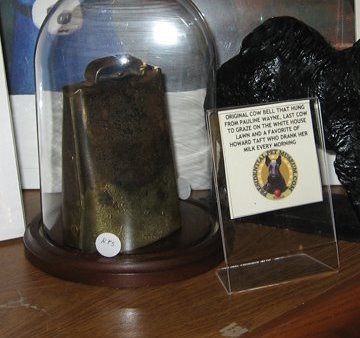
But McLean plans to try again soon, and she is nothing if not persuasive. Just ask Dave Baker, a journalist who, after one brief phone call with her, ended up a part owner. Baker originally called to fact-check a piece he was writing for Petful, a site he runs. “She gave me some details about the museum, and then she said, ‘Do you want to buy it?’” he remembers.
He thought on it, and agreed to take charge of the website, which he has run for four years now. At the moment, his favorite presidential pet is Pushinka—Russian for “Fluffy”—a white mongrel gifted to Caroline Kennedy by Nikita Khrushchev. Pushinka and the Kennedys’ Welsh terrier, Charlie, took a liking to each other and eventually had four puppies. “There’s an American dog and a Russian dog, and love trumped all there,” he says. ”Just this wonderful bright light in the Cold War.”
If the Pet Museum sells, Baker will miss it like, well, a beloved, departed pet. “I really believe in it,” he says. “I would totally have it myself if I had space.” McLean will miss her presidential animal trove too, so much that she’s giving it a last hurrah—her current apartment, at a retirement community in D.C., hosts a rotating exhibit. “I’ve basically made one of the rooms into the Presidential Pet Museum,” she says. Her neighbors come by to check out the stash, and to hear her stories.

In this business, though, change is inevitable—there are both term limits and lifespans to contend with. Even as they’re working to sell, McLean and Baker are taking a minute to mourn something they have less control over: the imminent departure of Sunny and Bo, the Obama family’s Portuguese water dogs.
Reading about the dogs’ exploits, the life of a modern-day presidential pet comes into focus: campaign duties, kidnapping attempts, rides on Air Force One. Clearly, life in the White House is unique for pets as well as owners.
“It’ll be sad to see them go,” Baker says. “But it’s interesting to think of what the next pets will be.”
Naturecultures is a weekly column that explores the changing relationships between humanity and wilder things. Have something you want covered (or uncovered)? Send tips to cara@atlasobscura.com.
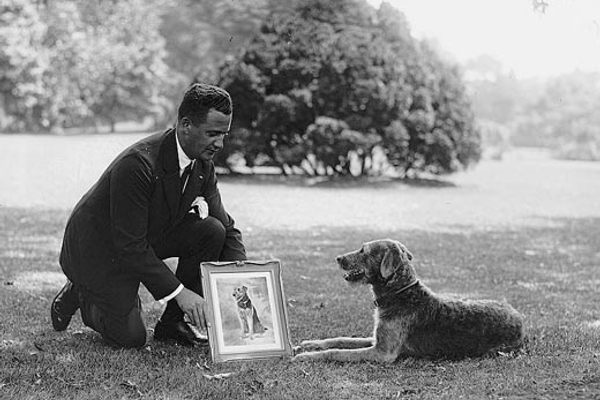


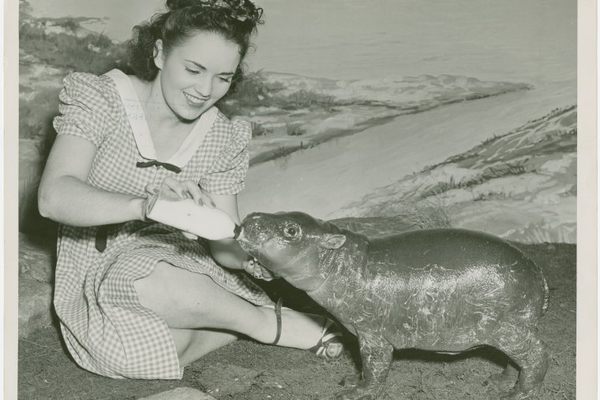


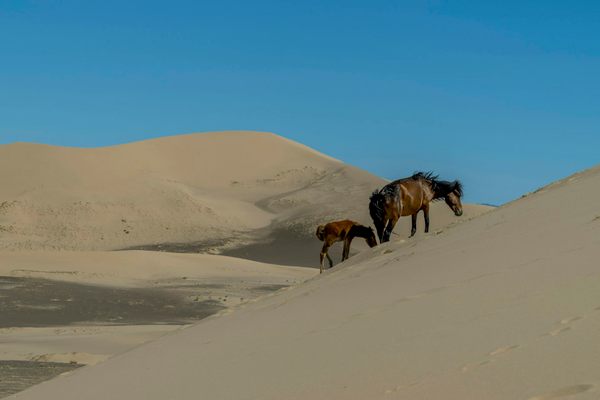


















Follow us on Twitter to get the latest on the world's hidden wonders.
Like us on Facebook to get the latest on the world's hidden wonders.
Follow us on Twitter Like us on Facebook